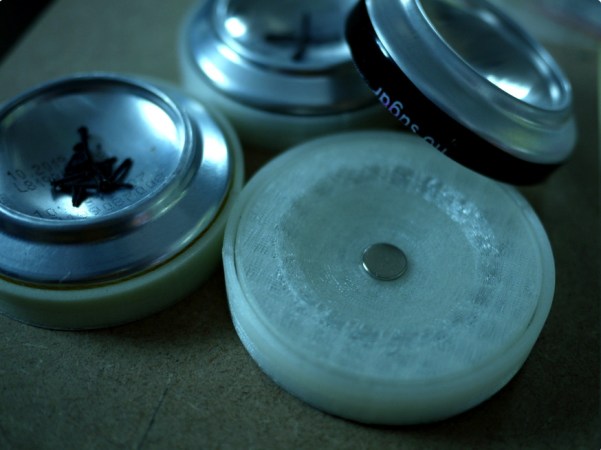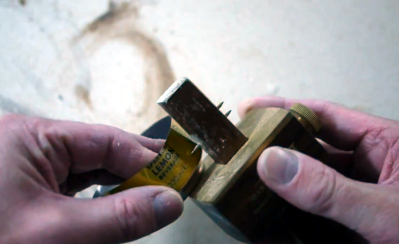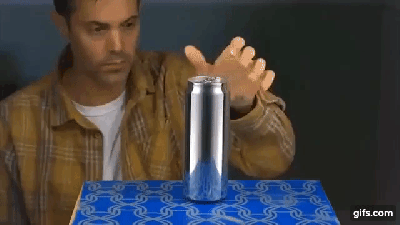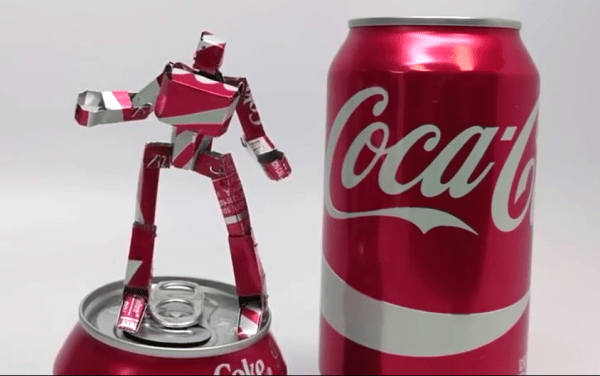[Kevin Cheung] likes to upcycle old soda cans into — well — things. The metal is thin enough to cut by hand, but he’d started using a manual die-cutting machine, and it worked well. The problem? The machine was big and heavy, weighing well over 30 pounds. The solution was to get a lightweight die cutter. It worked better than expected, but [Kevin] really wanted it to be more portable, so he stripped it down and built the mechanism into a new case.
The video below isn’t quite a “how-to” video, but if you like watching someone handcraft something with a lot of skill, you’ll enjoy it. It also might give you ideas about how you could use one of these cutters, even if you don’t bother building a nice case for it.
We’ve seen cutters that use computer control, but they aren’t inexpensive. They will, however, make the same kind of cuts. But these manual die cutters are very inexpensive, and you simply have to find a way to make the die. You can easily make them for cutting paper, and, with the right materials, you can make the kind you see in [Kevin]’s video, too.
We have to admit, carrying the gizmo into a public place seemed to make a lot of people happy. So maybe portability is a good goal. But either way, you can have some fun with a machine like that.
If you want to cut paper, these work great. If you want paper to make the cuts, we have just the thing for you.
Continue reading “Die Cut Machine Makes Portable Metal Cuts”






 A can of soda costs about half a dollar, and once you’re done with the sugary syrup, most cans end up in the trash headed for recycling. Some folks re-use them for other purposes, but we’re guessing no one up-cycles them quite like artist [Noah Deledda] does. He turns them into pieces of
A can of soda costs about half a dollar, and once you’re done with the sugary syrup, most cans end up in the trash headed for recycling. Some folks re-use them for other purposes, but we’re guessing no one up-cycles them quite like artist [Noah Deledda] does. He turns them into pieces of 











